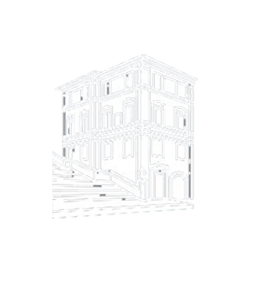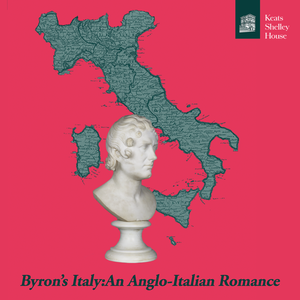MANUSCRIPTS
Pages
-

-
Autograph letter by Sir Walter Scott to Mr. Joseph Cottle
-
Sir Walter Scott (1771 - 1832) was a Scottish novelist, playwright and poet. While his Waverley novels are seldom read today because of their dense descriptions and archaic style, during his lifetime the series was so popular that they ensured Scott’s status as the most influential prose writer of his century. Apart from popularizing the historical novel genre (Robin Hood is as much a creation of his as he is a Middle-Age folkloristic hero), he was the first Anglophone writer to deal with the Bildungsroman, i.e. the narrative development of a youth’s character, which eventually results in a compromise between his or her Romantic ideals and the way of the world. In this letter to Joseph Cottle (1770 – 1853), dated 12 May 1829 and presented to the Keats-Shelley Memorial Association by Princess Louise, Duchess of Argyll, Scott expresses his thanks for a gift of three volumes of the addressee’s work. Cottle was not only an author, but a forward-looking publisher whose long-term friendship with Samuel Taylor Coleridge and consequent acquaintance of William Wordsworth resulted in the publication of the Lyrical Ballads (1798), a seminal text of English Romantic poetry.Sir Walter Scott (1771 - 1832) was a Scottish novelist, playwright and poet. While his Waverley novels are seldom read today because of their dense descriptions and archaic style, during his lifetime the series was so popular that they ensured Scott’s status as the most influential prose writer of his century. Apart from popularizing the historical novel genre (Robin Hood is as much a creation of his as he is a Middle-Age folkloristic hero), he was the first Anglophone writer to deal with the Bildungsroman, i.e. the narrative development of a youth’s character, which eventually results in a compromise between his or her Romantic ideals and the way of the world. In this letter to Joseph Cottle (1770 - 1853), dated 12 May 1829 and presented to the Keats-Shelley Memorial Association by Princess Louise, Duchess of Argyll, Scott expresses his thanks for a gift of three volumes of the addressee’s work. Cottle was not only an author, but a forward-looking publisher whose long-term friendship with Samuel Taylor Coleridge and consequent acquaintance of William Wordsworth resulted in the publication of the Lyrical Ballads (1798), a seminal text of English Romantic poetry., Gift of Princess Louise, Duchess of Argyll, to the Keats-Shelley Memorial House (KSMH).
Pages
Byron 200: A digital exhibition










